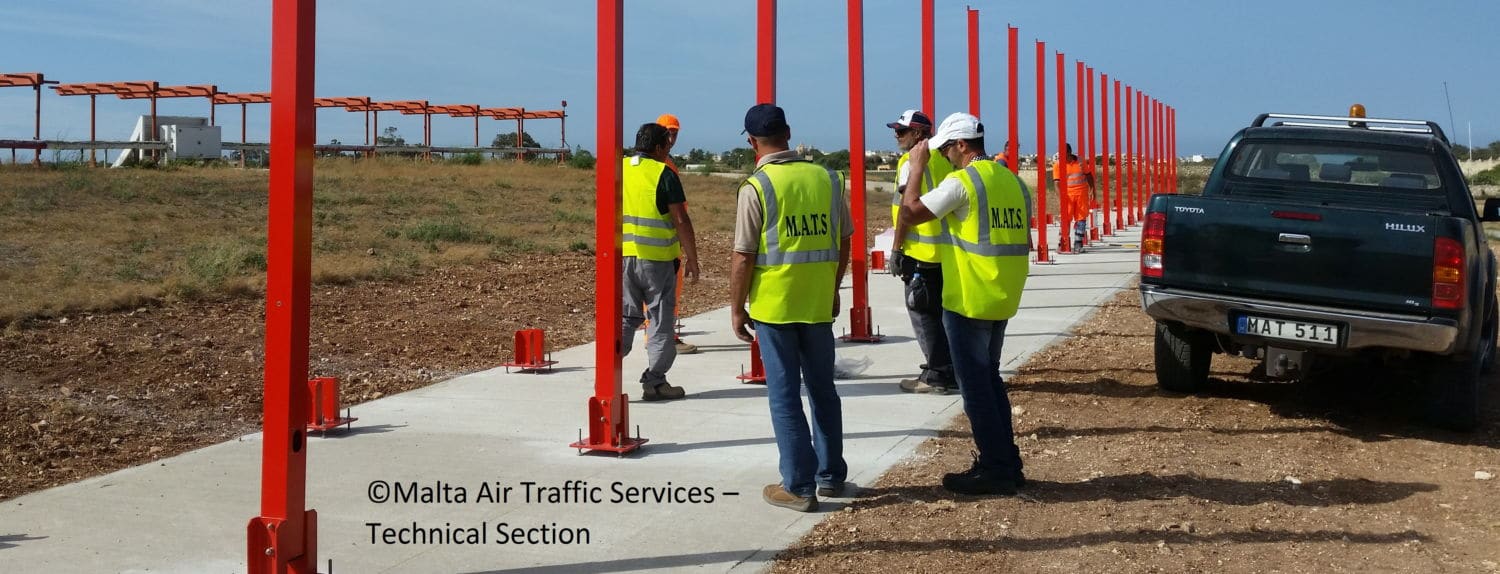The Air Traffic Control services provided by Malta Air Traffic Services Ltd are grouped under three major areas which are described below:The Technical Section of Malta Air Traffic Services Ltd. focuses its resources on supporting Air Traffic Control Operations and honouring its contracts with third parties. This support consists of:

In the case of MATS, it was found more appropriate to split Air Traffic Safety Electronics Personnel (ATSEP) broadly into two domains, Communications / Navigational Aids and Surveillance / Data Processing. Gradually all technical staff members are being trained on all systems included in their domain. A competence assessment scheme is also being implemented as part of EC requirements.
All the data is transmitted to the operating centre at Luqa Tower. At this centre we also receive data from Ustica (Italy), Kithira (Greece), Lefkas (Greece) and there are plans to integrate other radars in the future. Multiple radar coverage is essential for modern air traffic control purposes, and it is common practice for neighbouring states to share radar data to ensure coverage. Our flight information region (FIR) covers a stretch of the Mediterranean from Tunisia to Greece, without any land-based radars for most of the way. For this reason, we depend on data from radars on the land mass around the Mediterranean. Data from the various radars (each with its own rotation speed, location, instabilities, ranges, visibilities and other variables) is handled by a Multi Radar Tracker that utilises complex algorithms to give the controller a reliable, synthetic picture of actual traffic. This requires that data be elaborated in real time and distributed to the operating consoles with an acceptable delay.
